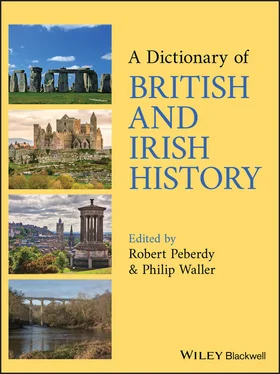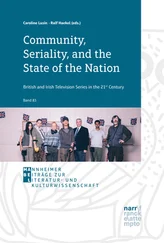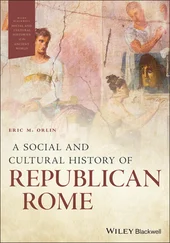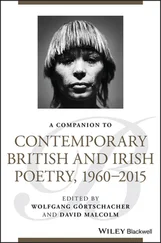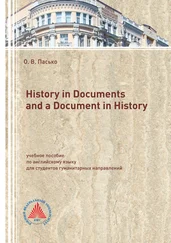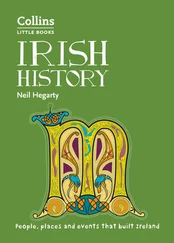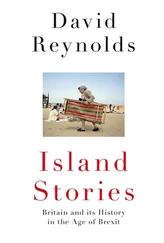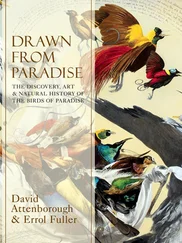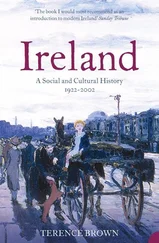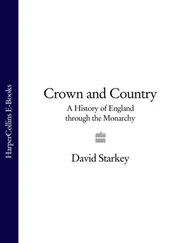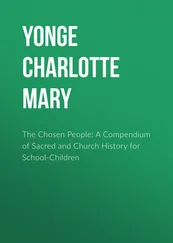Among earlier structures are prehistoric stone monuments (e.g., STONEHENGE, c .2000 BC), BRONZE AGE and IRON AGE settlements, and sites from ROMAN BRITAIN (e.g., HADRIAN’S WALL). In the 7th–11th centuries the Anglo‐Saxons, influenced by Continental architecture, built small plain churches and larger abbeys (e.g., at WINCHESTER). Romanesque architecture, imported by the NORMANS in the late 11th century, brought a new scale and confidence to Church architecture (e.g., DURHAM Cathedral) and in CASTLES. Gothic architecture was introduced from France in the later 12th century: its three main phases in Britain (Early English, Decorated, Perpendicular) were employed in numerous churches, cathedrals and abbeys during the next 350 years (e.g., WESTMINSTER Abbey).
In the 16th century, the DISSOLUTION OF RELIGIOUS HOUSES and REFORMATION severely reduced Church patronage, preventing full assimilation of Italian Renaissance styles, although they influenced the design of grand houses. A true Renaissance architecture arrived in the early 17th century with the Palladianism of Inigo JONES. Baroque style developed after the GREAT FIRE OF LONDON (1666), when Christopher WREN was commissioned to rebuild the capital’s churches, including St Paul’s Cathedral. A restrained Neo‐classicism dominated the 18th century, with the Scottish architect Robert Adam (1728–92) creating distinctive town and country houses.
The restless 19th century was characterized by revivals, the most distinctive being Neo‐Gothic, seen in churches and public buildings (e.g., Houses of Parliament, Westminster). Notable at the end of the century were the Art Nouveau designs in Scotland of Charles Rennie Mackintosh (1868–1928).
During the 20th century, British architects responded to international influences. Post‐modern buildings by such architects as Richard Rogers (e.g., Lloyd’s building, London, completed 1986) and Lord Foster (e.g., ‘The Gherkin’, London, 2004) won international acclaim.
ARCHITECTURE, IRELAND
The earliest remains are remarkable NEOLITHIC tombs (e.g., NEWGRANGE, c .3000 BC) and IRON AGE fortifications (e.g., at TARA). From the 6th century Christian monks, at first adapting indigenous styles, built small beehive huts (as on Skellig Michael, Co. Kerry), and later simple oratories, churches, monasteries and (almost unique to Ireland) tall, free‐standing towers (e.g., at GLENDALOUGH).
The 12th century marked a turning point, the Cistercians notably building large monasteries (e.g., Jerpoint Abbey, Co. Kilkenny), and the Gothic style arriving in the wake of the Anglo‐Norman invasion of 1169–70.
In the 16th century the dissolution of monasteries, REFORMATION, and reassertion of English authority greatly reduced religious building. Houses built then and in the 17th century (often fortified) were based on English and Scottish models. In the more settled conditions of the late 17th and early 18th centuries, classical styles appeared (e.g., Beaulieu House, Drogheda, Co. Louth), and Palladianism was introduced from England (e.g., Castletown House, Co. Kildare, built for William CONOLLY). From the mid 18th century, Neo‐Classicism became dominant, resulting in distinctive Georgian areas in many towns and cities, notably DUBLIN where James Gandon (1743–1823) designed prominent buildings (e.g., Custom House).
During the 19th century there was a revival of styles, the most distinctive being Gothic Revival. It was used for both Protestant and Catholic churches, the latter including new cathedrals (e.g., ARMAGH Cathedral, 1854–73). Irish architecture in the 20th century reflected international developments (e.g., the modernist Dublin airport terminal, 1940).
ARCTIC, ENGLISH AND BRITISH EXPLORATION
In the 16th–18th centuries English merchants and others invested in seaborne expeditions into the Arctic area to find a trade route to E Asia, to circumvent Spanish and Portuguese routes. ‘Passages’ were sought mostly to the NW (around N America) and NE (around Eurasia).
Searches to the NW started in the early 16th century ( see NORTH‐WEST PASSAGE). Achievements included discovery of the Hudson Strait (by Martin FROBISHER, 1578); exploration of the Davis Strait (by John Davis, 1586, 1587); exploration of the Hudson Strait and discovery of Hudson Bay and James Bay (by Henry HUDSON, 1610); discovery of Baffin Bay (by William Baffin and Robert Bylot, 1616).
Expeditions for the North‐East Passage occurred in 1553 (leading to formation of the MUSCOVY COMPANY), 1556, and 1580. Hudson attempted a transpolar sailing in 1607, and in 1608 sailed to the NE. His discovery of whales in the Greenland Sea (1607) stimulated whaling, which expanded knowledge of conditions.
In the late 18th century the British Admiralty, pursuing scientific ideas, looked for expansive ice‐free sea in the Arctic Ocean. Though this proved illusory, C.J. Phipps achieved a new ‘northing’ (northwards advance) in 1773, and James COOK discovered the Bering Strait between N America and Asia in 1778. In 1806 William Scoresby, with son William, achieved a new northing while whaling; Scoresby junior made important discoveries in geography, currents, etc., in 1813–17 and 1822. New searches for a North‐west Passage between 1818 and the 1840s were eventually successful.
Meanwhile in 1827, Edward Parry sought the North Pole using sledge‐boats. Attempts by various countries from the 1860s included a British expedition (under George Nares, 1875–6). The first undisputed land crossing to the Pole (an American expedition by snowmobile) occurred in 1968. British explorer Wally Herbert (1934–2007) was the first man recognized as reaching the Pole on foot (1969). See also ANTARCTIC, BRITISH INVOLVEMENT.
ARGYLL, 2ND DUKE OF
(b. 10 Oct. 1680 at Petersham, Surrey, England; d. 4 Oct. 1743 at Petersham, aged 62). John Campbell succeeded as duke in 1703. In 1705, aged 24, he was appointed QUEEN'S COMMISSIONER in Scotland and obtained agreement from the Scottish Parliament for union negotiations with England and authorization for Queen ANNE to appoint Scotland's commissioners (leading to the UNION OF ENGLAND AND SCOTLAND). In reward, he was granted an English peerage as earl of Greenwich (Nov. 1705).
In 1706–9 Argyll served in the War of the SPANISH SUCCESSION. On the accession of GEORGE I (1714), he was appointed commander‐in‐chief in Scotland and the following year suppressed a JACOBITE REBELLION. He was suddenly deprived of his offices in June 1716, but restored to favour in 1719 (created duke of Greenwich, April 1719). In the British Parliament he headed the ‘Argathelian’ party which he put at the disposal of the administration of Robert WALPOLE (1720s–30s). See also HAMILTON, 4TH DUKE OF; ISLAY, EARL OF; PARLIAMENTARY REPRESENTATION, SCOTLAND; PORTEOUS AFFAIR; ARGYLL, EARLS AND DUKES OF.
ARGYLL, 8TH EARL OF
(b. March 1607 in Argyll, W Scotland; d. 27 May 1661 at Edinburgh, SE Scotland, aged 54). A member of the Privy COUNCIL from 1626, Archibald Campbell (earl from late 1638) nevertheless subscribed to the NATIONAL COVENANT (1638) and fought for the Covenanters in the Wars of the COVENANT (1639–40). In 1644–5 his forces were attacked by the Royalist earl of MONTROSE. He opposed the ENGAGEMENT with King CHARLES I (Dec. 1647) and was a leader of the radical government of 1648–50.
After the English invasion of 1650, Argyll briefly supported CHARLES II, but during the 1650s complied with Oliver CROMWELL's occupation and helped to suppress the GLENCAIRN RISING (1653–4). He was executed for his complicity after the RESTORATION (1660). See also COVENANTING REVOLUTION; ARGYLL, 9TH EARL OF; ARGYLL, EARLS AND DUKES OF.
ARGYLL, 9TH EARL OF
Читать дальше
